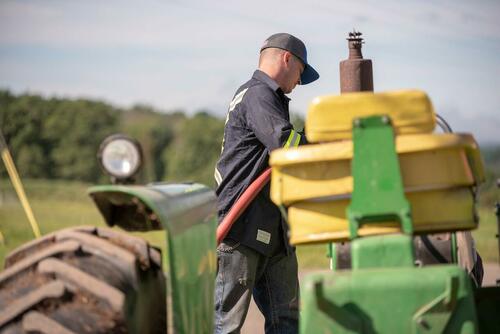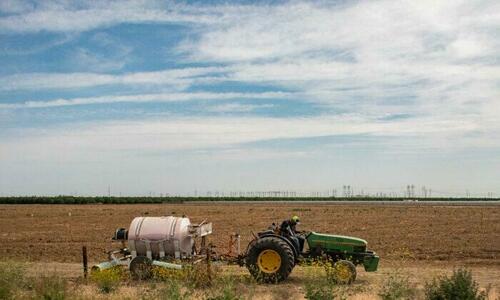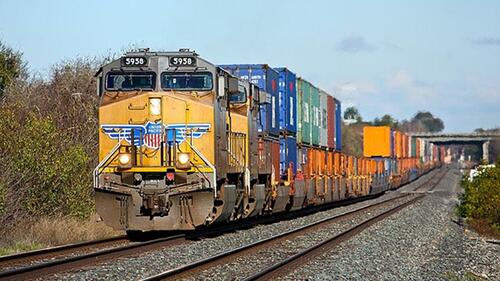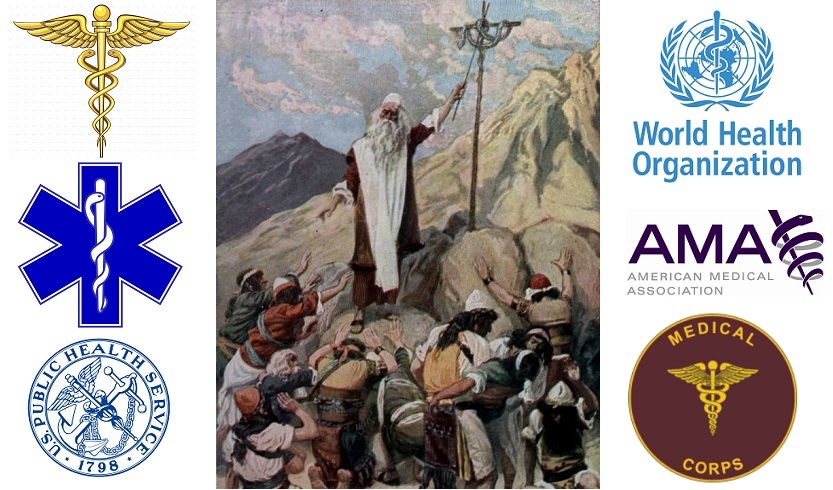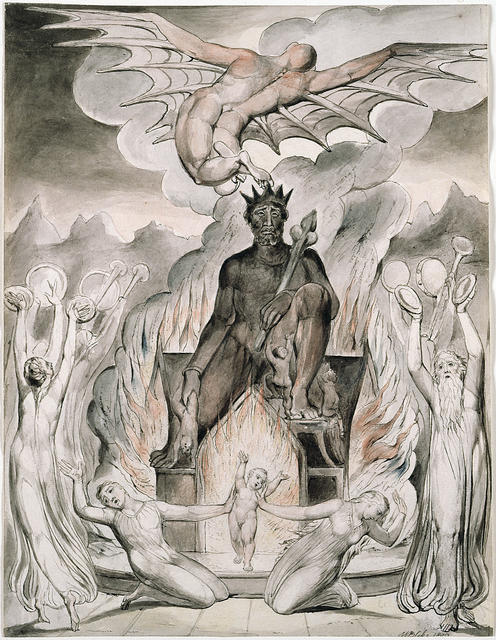
Riots and looting in New Orleans after Hurricane Katrina. Image source.
by Brian Shilhavy
Editor, Health Impact News
Unless you have a farmer in your family, or in your circle of friends and contacts, chances are that you are among the millions of people in the United States that seldom give thought to how the food you buy and eat is produced.
Ask the typical American where the food on their table comes from, and probably 99.9% of them will answer: the grocery store.
The grocery store is a modern-day retail outlet that most of our forefathers did not enjoy. Prior to the industrial age post WWII, most neighborhoods had local businesses and farmers who supplied the bulk of that community’s food, from the milkman who delivered dairy products, to the town butcher who processed meat, to the town baker who produced products from grains, etc.
There was no one-stop shop where one could pick up multiple products called “groceries.” Few understand that the modern day grocery store is dependent on a highly technical system that is interdependent on many inputs into the supply chain, and can easily be ground to a halt.
If you have lived through local natural disasters, like a hurricane, or an earthquake, you probably have had a taste of what it can be like when everyone all of sudden needs to buy groceries all at the same time, and then learn that the grocery store shelves are bare.
Panic buying can cause similar disruptions, and most of us got a taste, and that’s all it was, a “taste”, of this in the early days of the COVID-19 lockdowns.
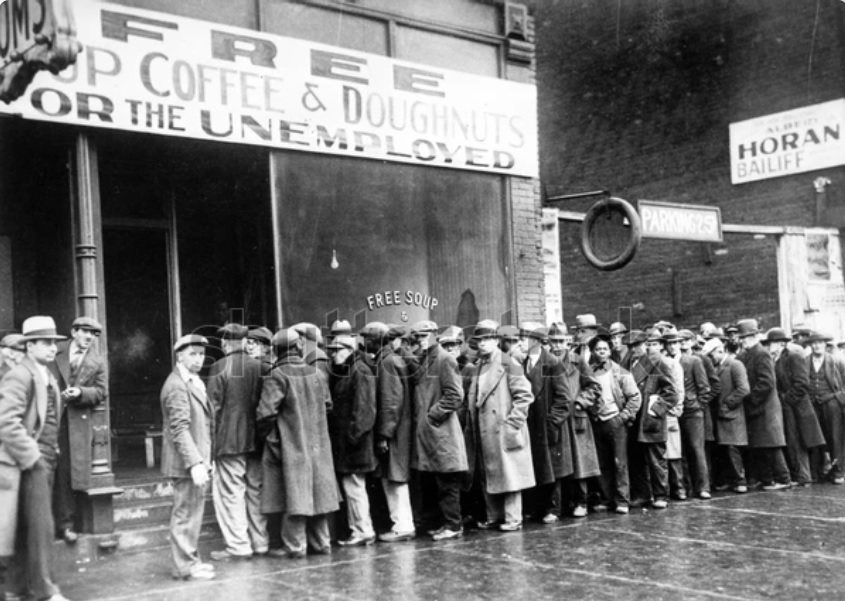
Breadline at a soup kitchen during the Great Depression in the U.S. Image source.
But almost all of the people alive in the U.S. today have not experienced real hardship that produces hunger and starvation, such as what this nation experienced in the 1930s prior to WWII during the “dust bowl” as the nation suffered an economic depression, along with massive food shortages due to crop failures.
We have had economic downturns since WWII, but in general the U.S. has seen prosperous times for over 70 years now, and the current generations alive have become so dependent on the conveniences that modern technology has brought us, that they just assume it will always be there, and fail to realize just how fragile that technology is.
Today, less than 1% of the population of the United States now produces food for the other 99%, thanks to the technological age, so when farmers, particularly farmers with contracts in the commodity food industry, which is by far the majority, speak out with warnings about what is ahead, it is time to sit up and listen, and realize that if you cannot buy food from your usual local grocery outlets, that there will be no one to bail you out if you have not prepared for such a situation.
For the rest of this article I am publishing some news today that farmers themselves are reporting, and everyone needs to take heed and prepare accordingly.
“We Are Teetering On The Edge”: Food Shortage Worries Mount As PA Farms “Crushed” By Record Diesel Prices
Pennsylvania farmers are being “crushed” by the record cost of diesel – so much so, that questions about a food crisis are starting to loom, the Morning Call reported.
One farmer in Lehigh County is quoted as saying: “I’ve got a tractor hooked up to my corn planter out here, no diesel fuel, and I can’t afford to get any.”
That farmer was airing his gripes to Kyle Kotzmoyer, a legislative affairs specialist for the Pennsylvania Farm Bureau. Kotzmoyer then turned around and testified to state lawmakers: “We have reached that point to where it is very close to being a sinking ship. We are teetering on the edge right now.”
The situation looks as though it will continue to push food prices higher, after the government reported that food prices in May were 10.1% higher than last year.
Kotzmoyer lamented the possibility of a food shortage: “One, if they can’t afford to put it in the ground. Or, two, if they can’t afford to take it out.”
The PA average for diesel is now $6.19 per gallon, up about 75% from a year ago, the report notes. It is a “huge, huge expense” for farmers, Kotzmoyer told state legislators.
One farmer who works on about 3,500 acres burns through about 2,000 gallons of diesel per month, he said. “If the farmers cannot get crops out of the ground, then there is not food on the shelves.”
Full article at ZeroHedge News.
“We’re Barely Making It”: Furious Farmer Goes Viral Explaining Why Food Prices “Are Going To Go Up”
Last week we noted how US farmer sentiment plummeted in May – as producers have become anxious about their farm’s financial health.
According to the monthly survey by Purdue University/CME Group, The rapid rise in production costs and uncertainty regarding the direction of input prices have been important contributors to the drop in sentiment. About 44 percent of farmers, according to the monthly survey, cited input costs as their biggest concern for the coming year, according to the Epoch Times.
In fact, 60% of farmers predict farm input prices to be at least 30% higher this year compared to 2021.
To that end, Ohio farmer Holly Weilnau took to TikTok two weeks ago in a now-viral video to explain how farmers are suffering under inflated input costs, which is going to send the price of food much higher than it is right now.
“There are things that we have to buy,” she sais, adding “There’s something we have to buy that two years ago cost us $24, last year was about $46, this year it is costing us $96.”
“Please understand, food prices are going to go up,” she continues. “You wanna act like it’s the farmers’ fault—it is not the farmers’ fault. We are barely making it to grow the stuff so you guys are able to get it in August, September, October.”
“Guys, this is not going away. Stop sticking your head in the sand and thinking ‘oh, it’s going to be okay’ — it’s not going to fuckin’ be okay.”
In a Saturday video, Weilnau relayed a story about another farmer who was unable to lock in diesel pricing for this fall, and was told that it was because of uncertainty amid rapidly rising diesel costs.
“That alone, guys—to fill the tractors and the equipment needed to get the product out of the field—is going to be astronomically bad all the way around,” she said, adding: “So understand, people are like, ‘Oh, plan ahead’—we’re trying. They’re not letting us.”
They are not letting farmers plan ahead although they are trying. Shit is real, and gonna get way realer. Diesel is projected to be $9-10+ a gallon for the fall pic.twitter.com/nFX4yzRs2m
— The Oxygen Thief (@FrankieSnape) June 13, 2022
This is far from the first farmer to offer a dire warning. Three weeks ago John Boyd Jr., the President of the National Black Farmers Association, said “We are in a crisis right now as far as the food chain goes with the farmer in this country,” adding “We’re going to see a lot of empty shelves and a lot more high food prices.”
In his forty-year career as a farmer, Boyd said he never imagined he would be “paying $5.63 for a gallon of diesel fuel, $900 a ton for fertilizer, and all-time high prices for soybean seeds.” All of the prices he mentioned are at record highs, pressuring farmers’ margins.
He said the American people need to wake up to the crisis in the farming industry, adding, “farming isn’t Republican or Democratic, it’s food, the land is neutral … this is the time the American people need to support the American farmer and put pressure on the Biden administration to put things in place to help farmers.”
He mentioned that banks need to provide emergency funding to farmers to get their crops in the ground. Out-of-control inflation has left some farmers unable to plant because of soaring costs.
Boyd said, “We only have a short window of opportunity to give farmers funding.”
He stated the worst-case scenario is “a lot of shortages” of food that could materialize later this year.
Prepare accordingly.
Read the full article at ZeroHedge News.
A Warning From A Farmer
Outside of the commodity food production business are many small-scale farmers who sell locally. But if you think they will pick up the slack when the commodity food system collapses, you are very wrong.
They are facing the same pressures as the large farms, and they will stop selling to the public during the food shortages just so they can feed their own families.
An egg farmer says eggs could easily cost $12 a dozen soon: “A bulk bag of feed last year was $185, but now I pay $430.”
Planned Destruction of Food?
The Diesel and Transportation Problems
Earlier this month (June 6th) I published an article about the congestion on the nations railways, and the deadly consequences we are facing as a result of this. See:
Railroad Congestion in U.S. is a Deadly Catastrophe that is About to Affect Everyone with No Immediate Solutions in Sight
My food company, Healthy Traditions, has had a container of coconut oil imported from the Philippines sitting on the rail in California for about a month now. Fortunately, coconut oil has an indefinite shelf life.
But news published today shows that the situation on the railways, which also carries much of the nation’s fuel, like diesel, may go from bad to worse.
“Ticking Time Bomb” Begins As Major US Railroads, Union Labor Seek Biden Intervention Amid Rail Shutdown Concerns
Negotiations between major railroads and their unions have stalled, setting up for what could be a significant railroad shut down before the midterm elections that could paralyze an already-strained US supply chain.
Railway Age reports the National Mediation Board (NMB) on June 14 began what could be a “ticking time bomb” toward a national railroad shut down within 90 days, following its board of three, two Democratic members agreeing with rail labor and NMB’s only Republican disagreeing that means a voluntary agreement to amend unionized rail worker wages, benefits and work rules won’t be achievable.
Talks between rail labor (12 rail craft unions bargaining in two coalitions on behalf of 115k rail workers) and major railroads, including Union Pacific Corp. and BNSF Railway Co., will enter a 30-day cooling period this Friday. Then the Biden administration may appoint a Presidential Emergency Board (PEB) to resolve the dispute.
“The railroads would consider accepting the proffer, but the union leadership has already indicated that it will not,” the National Carriers’ Conference Committee (NCCC), which represents major railroads, said in a statement. “The railroads expect a PEB will be appointed in this dispute before the end of the 30-day cooling-off period, as has been the case in prior unresolved national rail negotiations,” NCCC continued.
Once the PEB is appointed, a second cooling period with a maximum 30-day clock begins. At the same time, the PEB listens to arguments from rail labor and railroads and issues its non-binding recommendations. The third 30-day period is where things could get problematic, just before the elections, and if both parties don’t agree, either side can declare “self-help,” meaning a strike would materialize.
A rail strike would devastate the economy even more, as approximately 28% of freight movement is transported on complex rail networks across the country. Depending on the strike’s duration, supply chains would be further snarled and unleash unwanted inflation.
Let’s hope rail labor and major railroads can agree on wages, benefits, and work rules immediately following the PEB appointment and unions do not resort to a strike in the third 30-day cooling period right before the midterm elections.
Read the full article at ZeroHedge News.
Comment on this article at HealthImpactNews.com.
This article was written by Human Superior Intelligence (HSI)
See Also:
Understand the Times We are Currently Living Through
The Demonic Roots of Christianity: The Christians Jesus Said He Hated
Who are God’s “Chosen People”?
Life in the Spirit versus the Religious Life in the Flesh
KABBALAH: The Anti-Christ Religion of Satan that Controls the World Today
Christian Teaching on Sex and Marriage vs. The Actual Biblical Teaching
Exposing the Christian Zionism Cult
The Bewitching of America with the Evil Eye and the Mark of the Beast
Jesus Christ’s Opposition to the Jewish State: Lessons for Today
Identifying the Luciferian Globalists Implementing the New World Order – Who are the “Jews”?
The Brain Myth: Your Intellect and Thoughts Originate in Your Heart, Not Your Brain
The Seal and Mark of God is Far More Important than the “Mark of the Beast” – Are You Prepared for What’s Coming?
The Satanic Roots to Modern Medicine – The Image of the Beast?
Medicine: Idolatry in the Twenty First Century – 10-Year-Old Article More Relevant Today than the Day it was Written
Having problems receiving our emails? See:
How to Beat Internet Censorship and Create Your Own Newsfeed
We Are Now on Telegram. Video channels at Bitchute, and Odysee.
If our website is seized and shut down, find us on Telegram, as well as Bitchute and Odysee for further instructions about where to find us.
If you use the TOR Onion browser, here are the links and corresponding URLs to use in the TOR browser to find us on the Dark Web: Health Impact News, Vaccine Impact, Medical Kidnap, Created4Health, CoconutOil.com.
Leaving a lucrative career as a nephrologist (kidney doctor), Dr. Suzanne Humphries is now free to actually help cure people.
In this autobiography she explains why good doctors are constrained within the current corrupt medical system from practicing real, ethical medicine.
One of the sane voices when it comes to examining the science behind modern-day vaccines, no pro-vaccine extremist doctors have ever dared to debate her in public.
-
Book – The Vaccine Court, by Wayne Rohde – 240 pages
“The Dark Truth of America’s Vaccine Injury Compensation Program”
FREE Shipping Available!
ORDER HERE!




